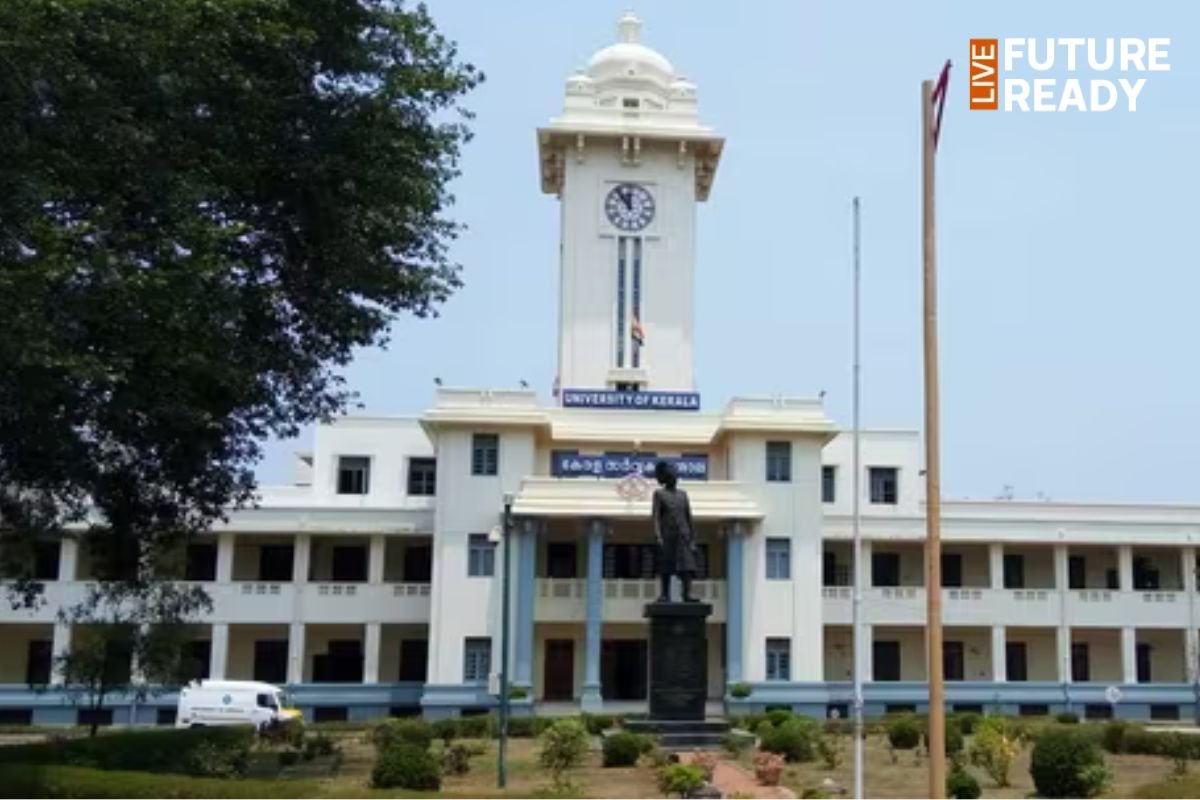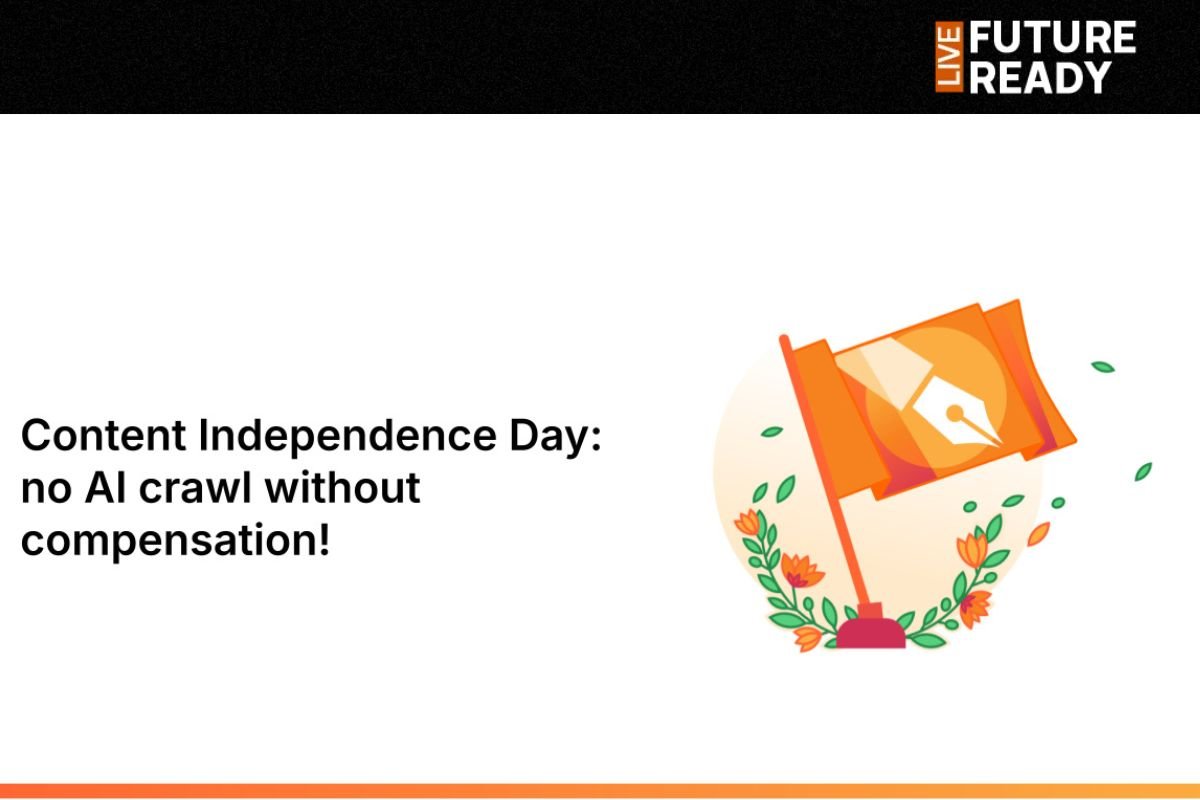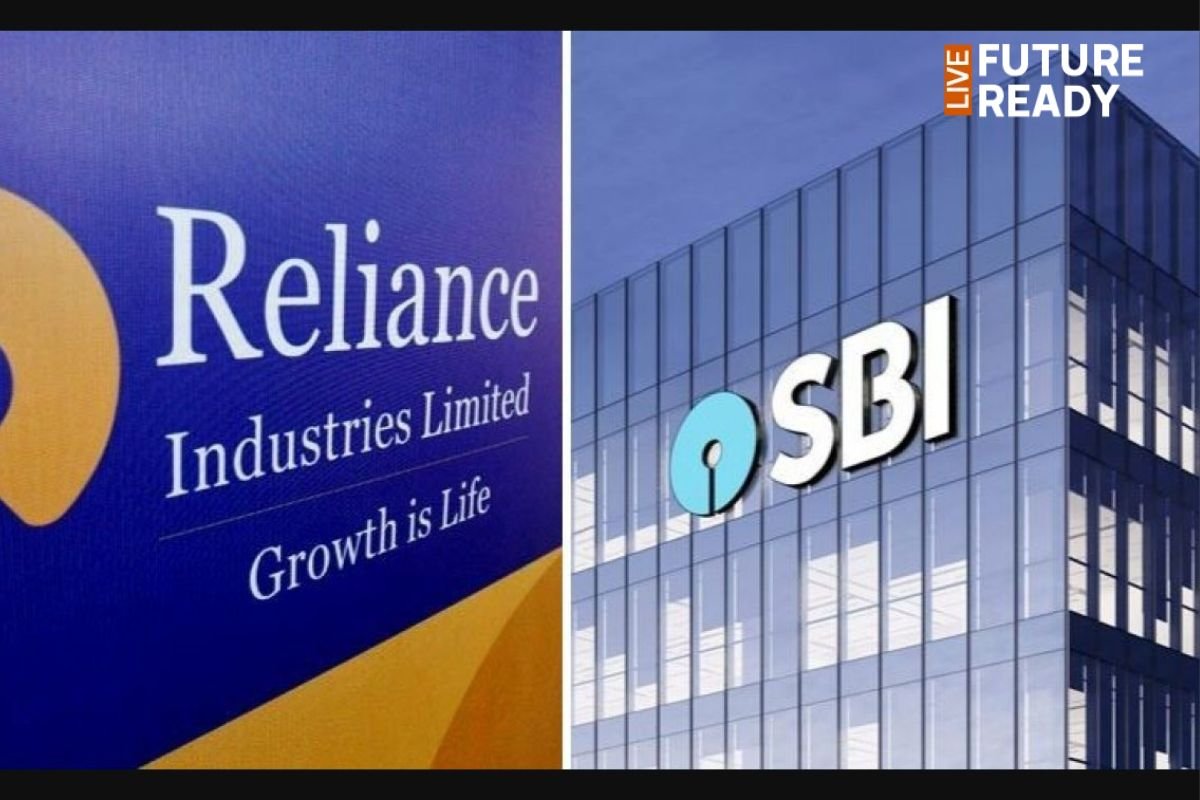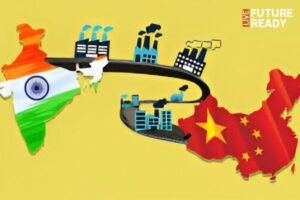In recent months, China has taken deliberate steps to slow India’s manufacturing growth by delaying the delivery of critical machinery and restricting expert mobility. Here’s how this strategic move plays out:
Export Curbs Disrupt Key Sectors
-
Major industries—electronics, EVs, solar—rely on Chinese-made machinery and technical expertise.
-
China has almost paused exports of vital industrial equipment, such as machinery for Foxconn, BYD, and Lenovo in India.
-
Specialized manufacturing tools remain stuck in Chinese ports, delaying India’s expansion plans.
Gears Grinding: Auto & EV Production Impacted
-
Critical rare-earth magnets—key for EV motors—are delayed under stricter Chinese export permits.
-
Manufacturers like Maruti, Mahindra, Hyundai, Kia, Hero, Bajaj, TVS warn that production could stall by July if restrictions persist.
Steel & Electronics Hit By Logistical Snags
-
Indian steelmakers missed investment targets in FY24 because machinery imports and Chinese expert visas were stalled for six months.
-
Electronics firms raising concerns have seen improvements after India’s MEA intervened with Beijing—but delays still linger.
Impact: Strategy or Sabotage?
-
Industry insiders see this as a weaponising of supply chains, aimed at slowing India’s rise as a manufacturing hub.
-
These tactics target both equipment and workforce mobility, hindering India’s “China Plus One” diversification strategy.
India’s Countermoves
-
Visa facilitation: Indian govt enabling faster Chinese technician visas via streamlined portals.
-
Diversifying sourcing: Encouraging MSMEs to explore manufacturing from Japan, South Korea, Taiwan, and the EU.
-
PLI schemes: Incentives to boost domestic production of components like PCBs, camera modules, batteries.
-
Skill and infrastructure push: Focus on local expertise and cutting bureaucratic delays.
Global Tech & Geopolitical Context
-
Beijing’s moves align with its Made-in-China 2025 policy, aiming to protect advanced manufacturing.
-
Simultaneously, U.S.–China trade tensions and shifting global supply chains drive India’s rise as an attractive alternative.
Final Takeaway
China’s delays in machinery shipments and expert mobility represent a strategic—though subtle—move to pressure India’s manufacturing ambitions. But India is responding with:
-
Policy interventions
-
Diversified sourcing
-
Investment incentives
-
Skill & infrastructure upgrades
That makes this challenge a potential opportunity: India can reduce dependence, strengthen its supply chain, and reinforce its “Make in India” vision.
Read more on our website: Future Ready, your go-to platform for the best educational content and latest updates
Read More Related Blogs :-




















